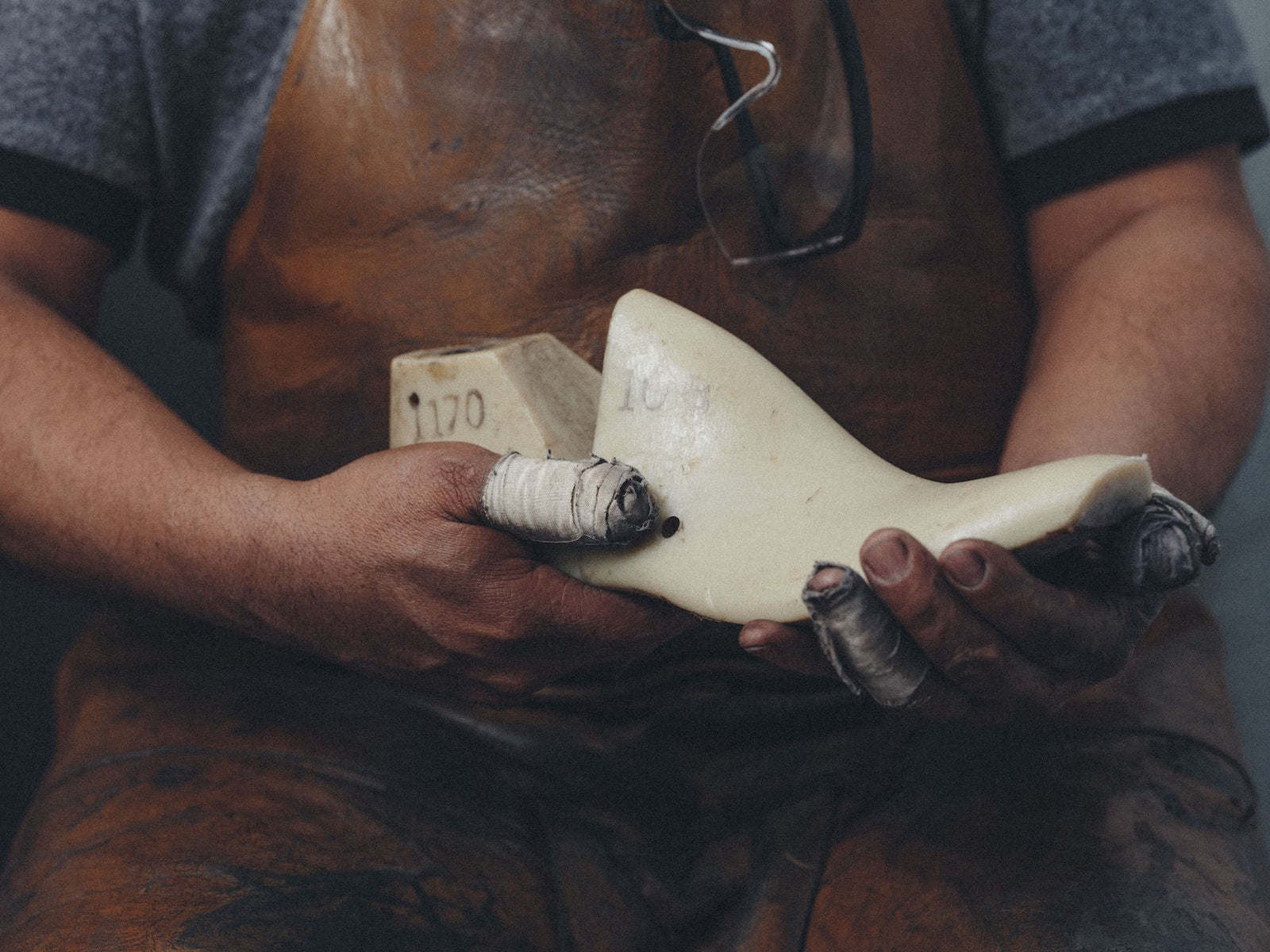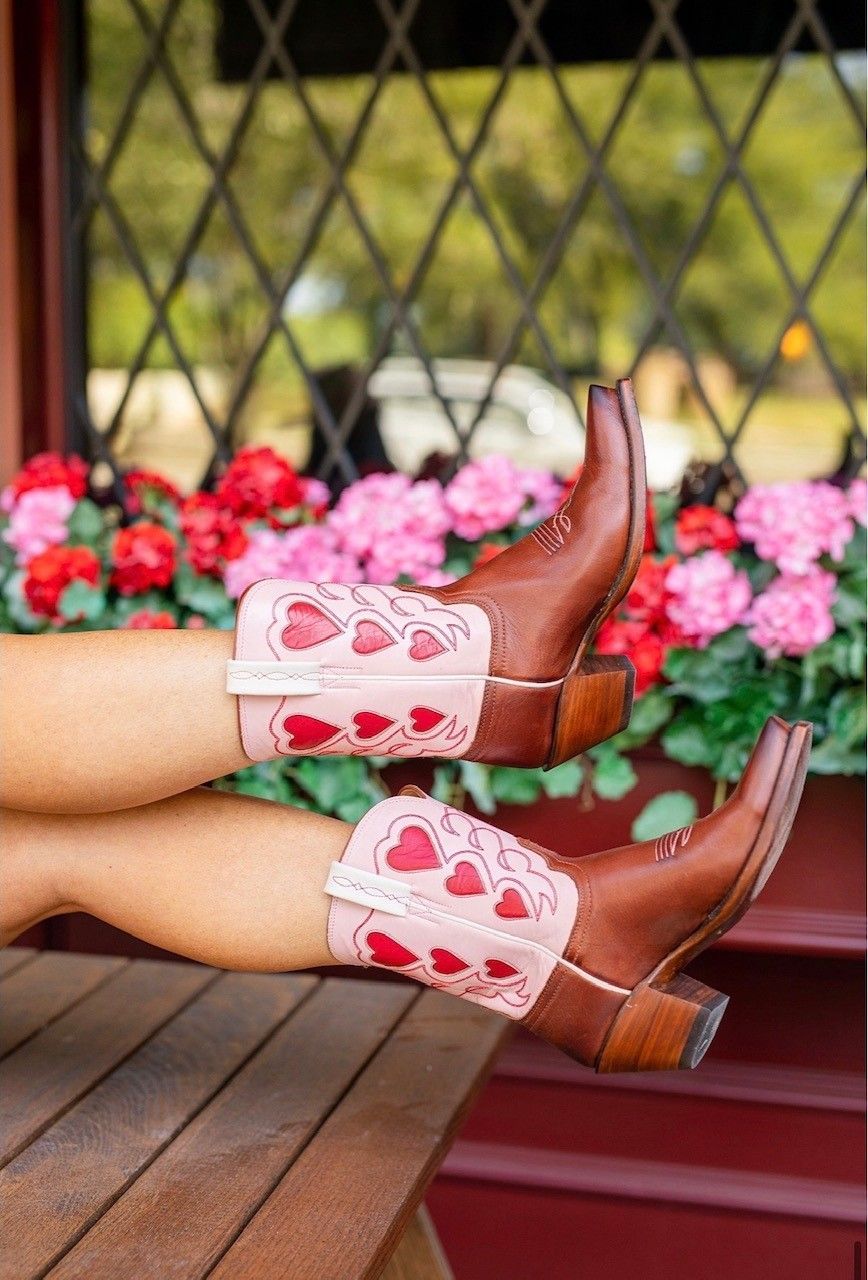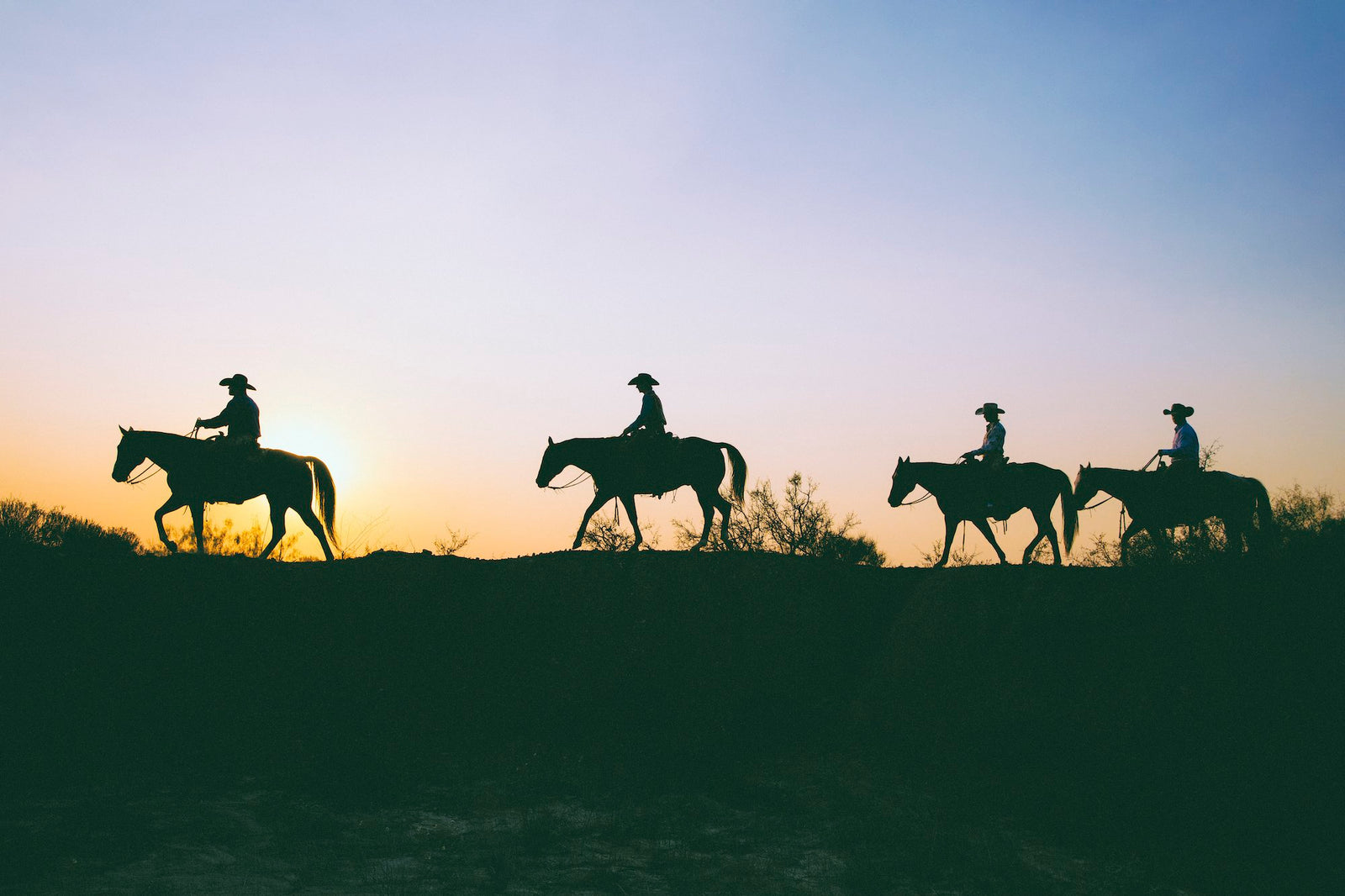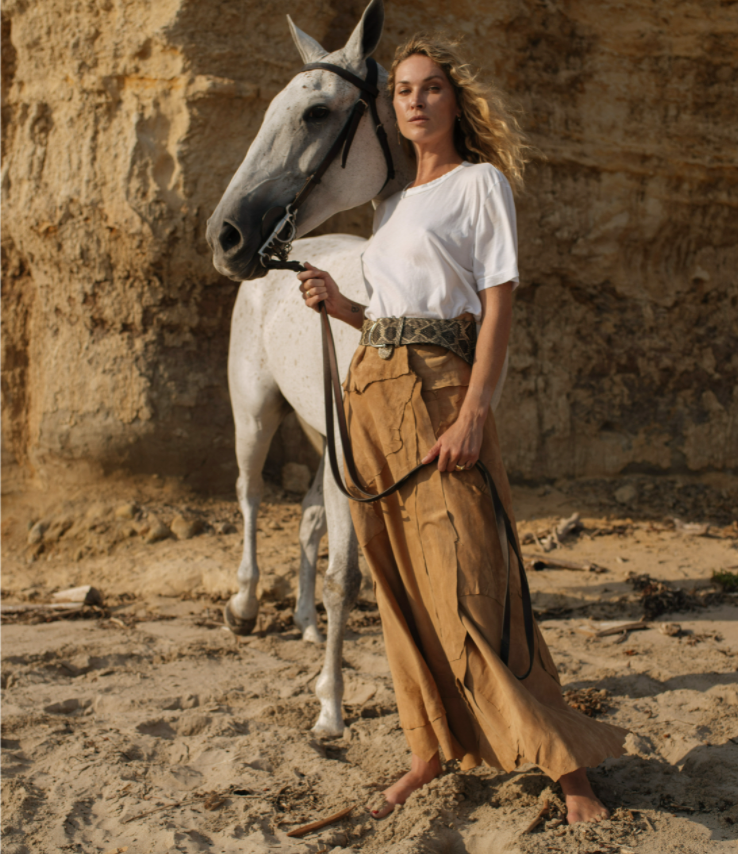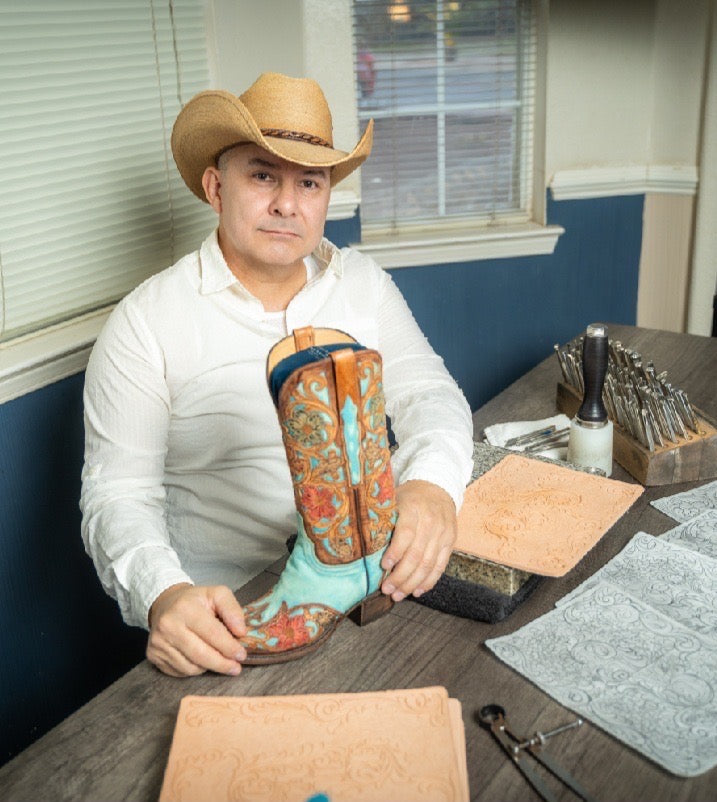Jason Roberts wasn’t born with a fiddle in his hand, but he might as well have been. The youthful-looking 38-year-old Central Texas native comes from a musical family that includes a 103-year-old grandmother who played ragtime piano and a grandfather who led a honky-tonk band called the Roberts Brothers Rhythmaires (and who, like his grandson, is an inductee of the Texas Western Swing Hall of Fame). Jason also has a family connection to Johnny Gimble, one of the greatest fiddle players in country music history.
So you might almost say the poor guy never had a chance. Luckily, Jason loves what he does for a living, which is playing country music and Western Swing, that wildly entertaining hybrid of country, jazz, blues and Texas fiddle music popularized most famously in the 1930s by Bob Wills & His Texas Playboys.
Roberts has spent the past 19 years playing the dickens out of the fiddle for the Grammy-winning Western Swing standard bearers Asleep At the Wheel. In that capacity, Roberts has played everywhere from Texas beer joints to the Kennedy Center to the David Letterman show and even the White House. He’s also shared the stage and/or recorded with Willie Nelson, George Strait, Brad Paisley and Van Morrison, among others.
Now he is stepping out on his own, with That’s My Home, the debut album by his own Jason Roberts Band. Boasting a jazzy, hard-swinging mix of original material and covers ranging from Cindy Walker’s “I Hear You Talking” to vintage tracks like “Bye-Bye Blackbird” and “Avalon,” the album tips the Stetson to Western Swing and Texas fiddle tradition while still providing a two-stepping soundtrack for the 21st century.
On the eve of the album’s release, Roberts took a few minutes to talk about life after the Wheel and pursuing his own musical vision.
Did you have an idea for the new album that was distinct from what you did with Asleep At the Wheel?
I didn’t really have a theme other than to do songs and styles of music I loved and wanted to do — country, Western Swing and straight-ahead jazz.
I dug back into boxes of vinyl my grandparents had, and came up with some songs that were right in line with what I do, but had never heard before. I found “How It Lies, How It Lies, How It Lies,” on a Doris Day 78! “That’s My Home” was a record the Texas Playboys recorded after Bob Wills died. “Avalon” and “Dark Town Strutter’s Ball,” go all the way back to the medicine show era. And we found a couple of Cindy Walker songs that hadn’t been done to death.
The music sounds modern, but you used an old-school technique to record.
I was trying to get the old “room” sound where you could just tell that all these guys who made this great music were sitting around one microphone. That’s what we tried to do.
It’s a little scary. When you record that way, you can’t go back and overdub it or clean any of it up.
But it was great. By the end of recording “Bye-Bye Blackbird,” everybody in the place was laughing and having fun. That’s what I try to do with music. I’ve done it all my life, but not because I thought I was gonna make money at it. I’ve always played music because it made me feel good… I think there’s no getting away from it once it takes ahold of you like that.
People know you through your long tenure with Asleep At the Wheel. Do you feel like you have to re-introduce yourself to the audience?
The built-in audience I do have — anybody that loves traditional country and Western Swing music — I know a lot of them like family already. I’m in the minds of those people, but I also feel like there’s a lot they haven’t heard me do. I feel like I do need to, not necessarily re-invent myself, but to open up my heart and let out what I’ve got in there…People are coming up after we play and say, “I had no idea…”
What made this a good time to leave the Wheel for a solo career?
I think it’s important for every body to say musically what they need to say. There are some things I’d like to say with music — song choices and the way I personally approach music and how to do it. Asleep At the Wheel is Ray’s (founder Ray Benson) band and everybody knows that, and it should be. He’s worked hard all these years.
I wanted to make a move while I still had some tools to work with — a decent reputation and a little bit of youth. The honest truth is, it’s thrilling and terrifying when you leave a good, steady job that you’d had a long time. I didn’t know it was the right time, I just knew I needed to make a move of some kind.
It’s a big move to go from band member to band leader.
As a band leader there’s a lot of things that have to be dealt with and the vast majority of them have nothing to do with music. Keeping track of musicians and bookings, and now CDs and koozies and T-shirts. I feel like I’m back to square-one in a way. But that’s all stuff I needed to improve at, as a business owner. It doesn’t come as natural as playing fiddle but it’s all been fun.
What’s the most valuable thing you took away from your time with the Wheel?
It was a great education to tour around the world and get to meet a lot of people and see a lot of places. And seeing the level that Ray has maintained with the Wheel, not necessarily selling out stadiums, but it’s also not just beer joints every night. Not that there’s anything wrong with a good beer joint!
The most valuable thing I might have taken away was the sheer years worth of experience playing in a live setting, having to carve a tone with your amplifier when every room is different. I joke that I’m a professional because no one hears the mistakes I make.
Now that your own album is out, what would you like to see happen?
I love Western Swing and swing, period, I’m a big fan of Big Band, WWII-era music, Glen Miller and Tommy Dorsey and all those guys. It’s a real, true American art form that I would hate to see go away forever. I feel like those of us who have the ability to play swing and Western Swing also have the responsibility to do it.
Why has Western Swing endured for almost a century? It’s certainly not in fashion in Nashville.
It makes people feel good. I look around at people that have never heard it, they might not even speak our language, but I see toes tapping everywhere. It’s just feel-good music. And many of the writers of the day, the Cindy Walkers and the Cole Porters, it’s timeless. Beautiful melodies with catchy turns of phrase.
Your dad and Johnny Gimble’s wife are first cousins. What a wonderful asset for an aspiring fiddler to have Bob Wills’ former fiddle player close at hand.
Every good lick I know I stole from Johnny Gimble! [Laughs]
I met him as a young boy. He would go over to my grandpa’s house and they’d sit in the corner and jam. I didn’t know what I was hearing at the time, but everybody knew who Johnny Gimble was!
Once I started playing fiddle I think it was a little bit more than coincidence, the family connection with Johnny. I had him close by to pick his brain… I feel like that was a real gift. He was so generous with his knowledge and gift of music. He’d send me things in the mail, recordings of Cliff Bruner and some of those other guys who’d influenced him.
So there was no P. Diddy or Motley Crüe in the house?
I did listen to my share of rock ‘n roll, Van Morrison and Bob Dylan, and those guys. I feel like I give all music a chance, but I always gravitate back to swing and jazz. If it’s not Bob Wills, it’s Frank Sinatra. I’m a melody lover…the music’s where it’s at for me.
You actually toured with Van Morrison for a bit.
I was out with him for two months, maybe… He had made a country record called Pay the Devil, so he wanted to employ some country instruments in his live show when he went to tour behind the album. So he called the Wheel’s office and said, hey, I need a fiddle player and a steel guitar player. That was an experience! All geniuses are a little bit crazy, too, but he is a guy who not only loves music, but also loves musicians. I just tried to show up prepared and humbly do my job, and I think he respected that.
Who has been your favorite person to share the stage with?
The first thing that comes to mind was the “Last of the Breed” tour with Merle Haggard, Willie and Ray Price. Being close enough to touch those guys, backing up Ray Price singing “Night Life,” to me it doesn’t get much better than that. The times we’ve worked with George Strait are always inspiring, because he loves exactly what I love.
Country music, at least in Texas, is about dancing. Is that the acid test — keeping the dancers out there?
What we do for the most part, Western Swing and straight country, is dance music, and people love to two-step. When we play the honky-tonks, they come to dance and you’d better keep them out there or they’ll be pissed off! Dancing is the biggest compliment to me. I always urge people to dance. It puts me at ease. A full dance floor is a way bigger tip of the hat than people applauding.
So the new album is out, you’ve taken your career to the next level, and the dance floor is full. What’s next?
As proud as I am of That’s My Home, I feel like it’s barely scratching the surface, not only of what I can do, but what I want to do. My dream, I guess, is to front a band that can play everything from Bob Wills and Merle and Ray and Willie, to Glen Miller, Benny Goodman, and Tommy Dorsey, to Chet Baker, Miles Davis and Charlie Parker.
It’s still kind of under construction in my mind. Fiddle, horns, steel and a jazz rhythm section that can also play country; jazz with cowboy hats. That’s the ultimate — that’s musical freedom to play a lot of different stuff.



